Why Use a Robot Dog on a Construction Site?
When people think of robot dogs, they often picture news clips of Spot walking around with law enforcement units or patrolling open areas for surveillance robots’ tests. But on a job site like The Brook, Spot’s role is all about data.
Spot’s biggest advantage is that it can walk anywhere a person can. Stairs, narrow corridors, rough concrete none of these slow Spot down. It carries cameras, lidar, and other sensors to capture images and scans of the site every day. This data gives the project team an accurate record of what’s happening, whether that’s checking structural changes or confirming safety compliance.
Unlike drones, Spot works indoors just as well as outside. It can get under beams, climb stairs, and even step over obstacles without needing rails or flat surfaces. This flexibility helps keep work flowing while giving managers fresh insights.
Keeping Workers Safe and Focused
Spot does not replace people, it supports them. On large builds like The Brook, there are thousands of moving parts. Spot’s scans help teams find mistakes early. For example, if a wall or pipe is not where it should be, Spot’s scans can catch it before crews build more on top of it. Fixing mistakes sooner saves time and prevents costly changes later.
Spot also keeps workers out of risky areas. Some parts of a site may be unstable or too tight for safe inspection. Instead of sending people, Suffolk can send Spot. If the robot dog’s cameras spot cracks, leaks, or other issues, crews can plan repairs without putting someone in harm’s way.
How Suffolk Uses Spot Every Day
Spot at The Brook follows a routine that few humans could match. It walks through the same route daily, scanning the structure with the same angle and position each time. This consistent tracking makes it easier to compare scans from day to day.
With this flow of up-to-date data, Suffolk’s managers can spot delays and fix scheduling clashes. If an area is not ready for the next crew, they know before dozens of workers arrive. This tight information loop helps keep the entire project on track.
From Skyscrapers to Sidewalks: The Wider Role of Robot Dogs
Spot’s work in Brooklyn shows how robotics can do more than just roll across factory floors. Similar robots have already appeared in other fields too. In some cities, local law enforcement tests robot dog law enforcement units for search missions or crowd control. Others use surveillance robots to patrol campuses or large events.
The same features that make Spot valuable in construction, flexible mobility, sensors, and data gathering also support these new roles. However, the construction site is one of the best examples of how this technology can build trust with workers and managers alike.
Are Robot Dogs Replacing Jobs?
One worry people have about robotics is job loss. But on sites like The Brook, the aim is not to take jobs away but to handle dull, repetitive checks. Spot does the time-consuming scans so skilled workers can focus on the tasks that call for decision-making, planning, and expertise.
In Suffolk’s case, the company says Spot is an extra set of “eyes and legs” not a replacement for trained inspectors. It’s another tool in the toolbox, just like cranes, lifts, and other machines that have made building tall structures safer and more practical over the years.
What Does This Mean for the Future of Urban Building?
Spot’s daily route in Brooklyn is just the start. As more developers see results, robot dogs and other automated helpers may appear on many projects. They can record daily progress, check for hazards, and deliver data with fewer errors.
Over time, this may help cities grow faster and at lower cost, while keeping job sites safer. It might also open doors for more research into how these robots can work with sensors that check air quality, noise, or other on-site conditions.
From Boston Dynamics to the Rest of the Industry
Boston Dynamics has become the best-known name in the robot dog field, but others are not far behind. Companies worldwide are working on similar four-legged machines or small rolling surveillance robots that do some of the same jobs.
The big question for many businesses is not whether they want a robot dog, but whether they can set it up and manage its data well. That’s where platforms, training, and software support come in. For smaller contractors, hiring a robot dog may not make sense yet, but large sites with tight deadlines and budgets can see value quickly.
Safety and Privacy Questions
Some cities have debated whether robot dogs used by police or private security might cross privacy lines. The same tools that help on a job site cameras and constant scanning can feel different when deployed in public spaces.
As robot dog law enforcement programs grow, cities will likely set clearer rules about when and how these machines can be used. For construction, though, the benefits are clearer: the site is private, the goals are specific, and the data collected has a direct use for safe building.
Where Can You Learn More?
If you’re curious about how robotics is shaping real work today not just in construction but in inspection, monitoring, or security you can see what’s new at Toborlife.ai. Our shop brings together tools, insights, and updates about the robots that will shape tomorrow’s workspaces and public spaces alike. Whether you want to see how surveillance robots fit into your company or you just enjoy the tech, ToborLife.ai is a reliable source.
To Sum It Up
Spot’s work at The Brook is a glimpse at what more projects may look like in the coming years. While skyscrapers still rely on thousands of skilled workers, robots like Spot help keep jobs on schedule and safer for everyone involved.
By taking over repetitive scans and hard-to-reach checks, Spot proves that machines can help build the future one step at a time or one paw at a time. As long as contractors and cities keep human needs at the front, robot dogs and surveillance robots can stay useful allies instead of replacements.
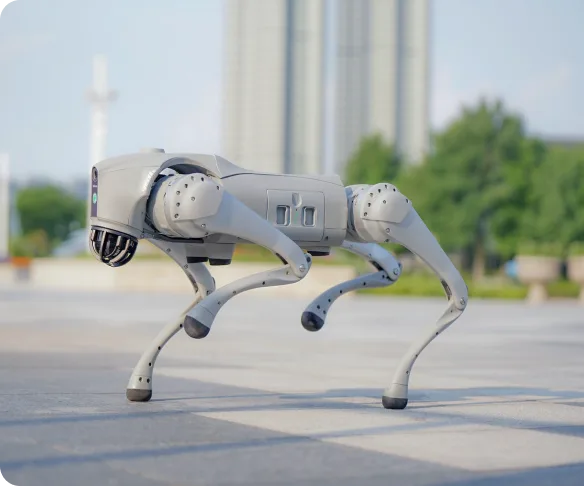
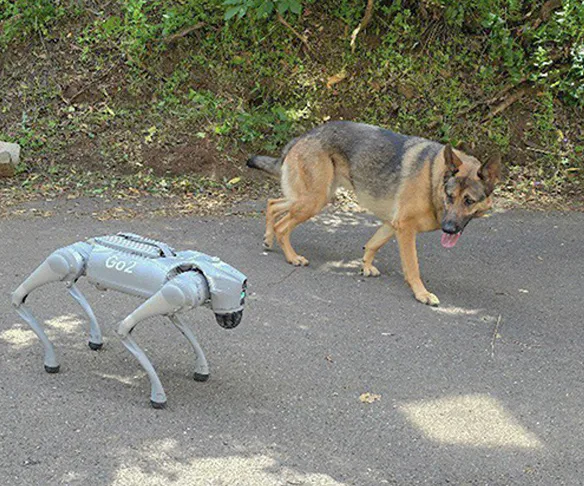
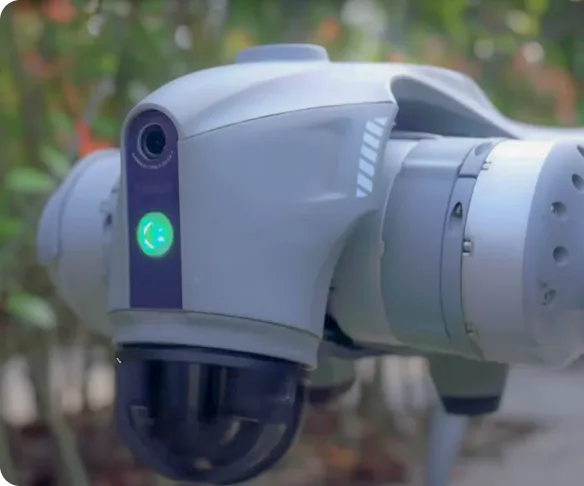
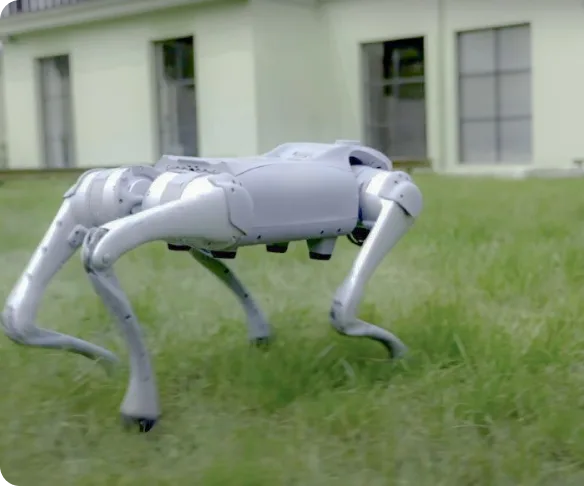
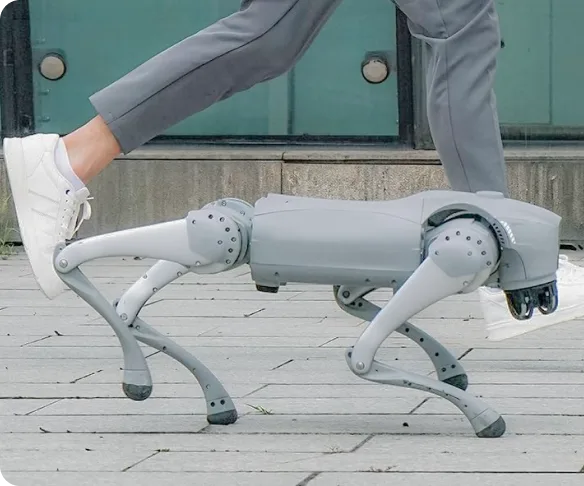

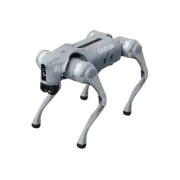
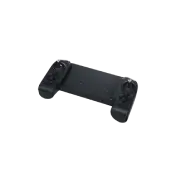
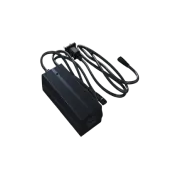
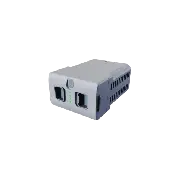
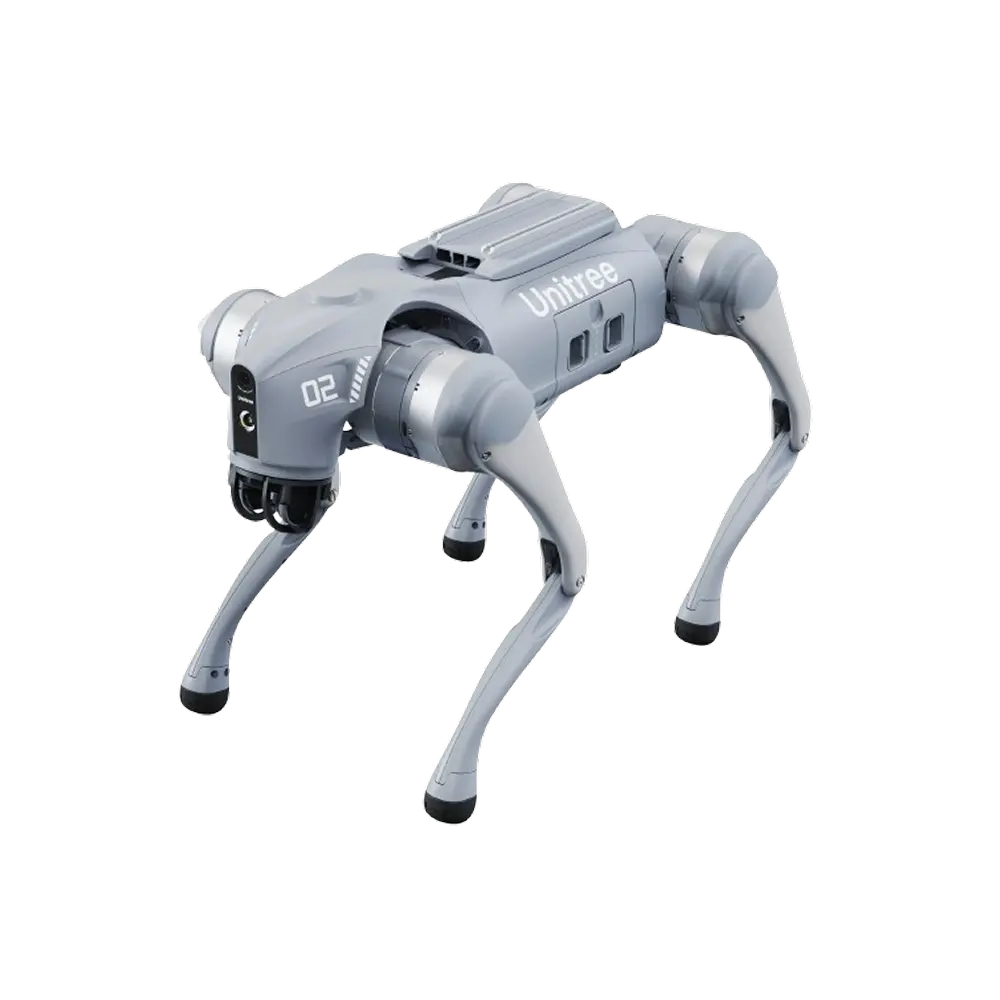

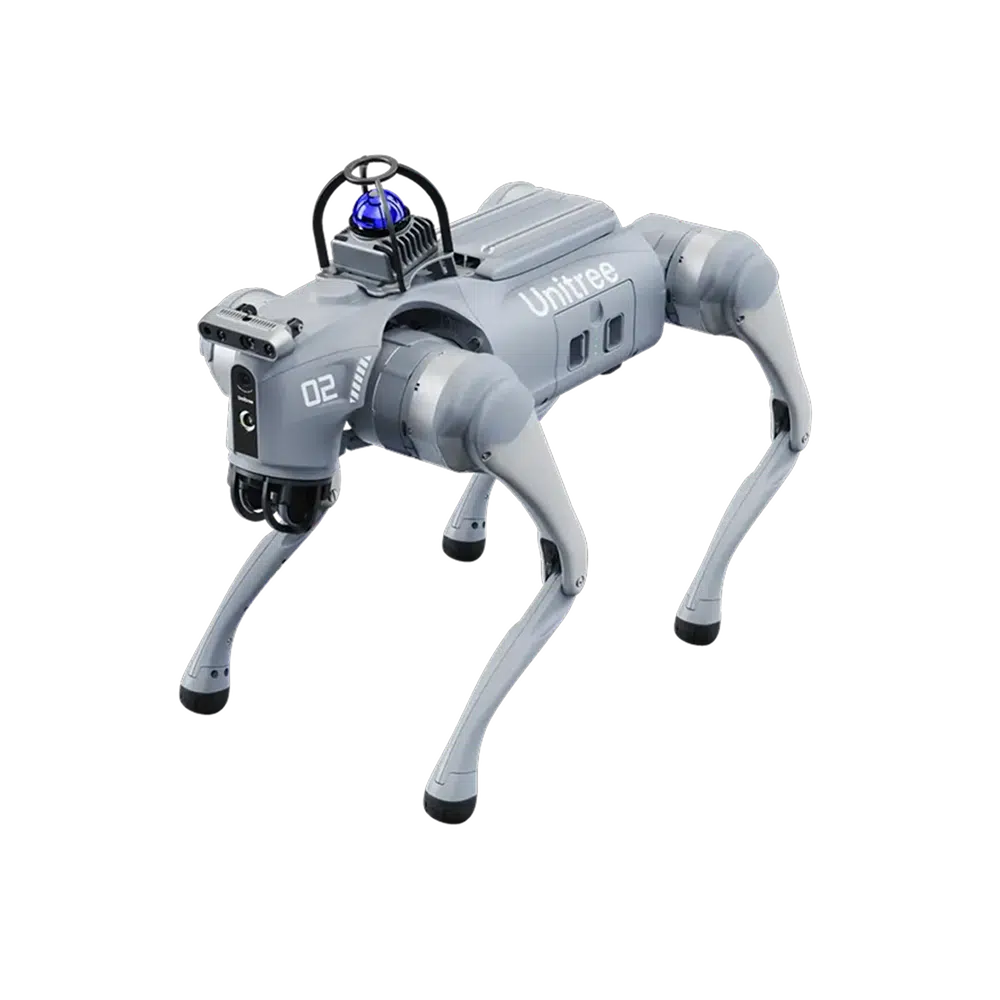
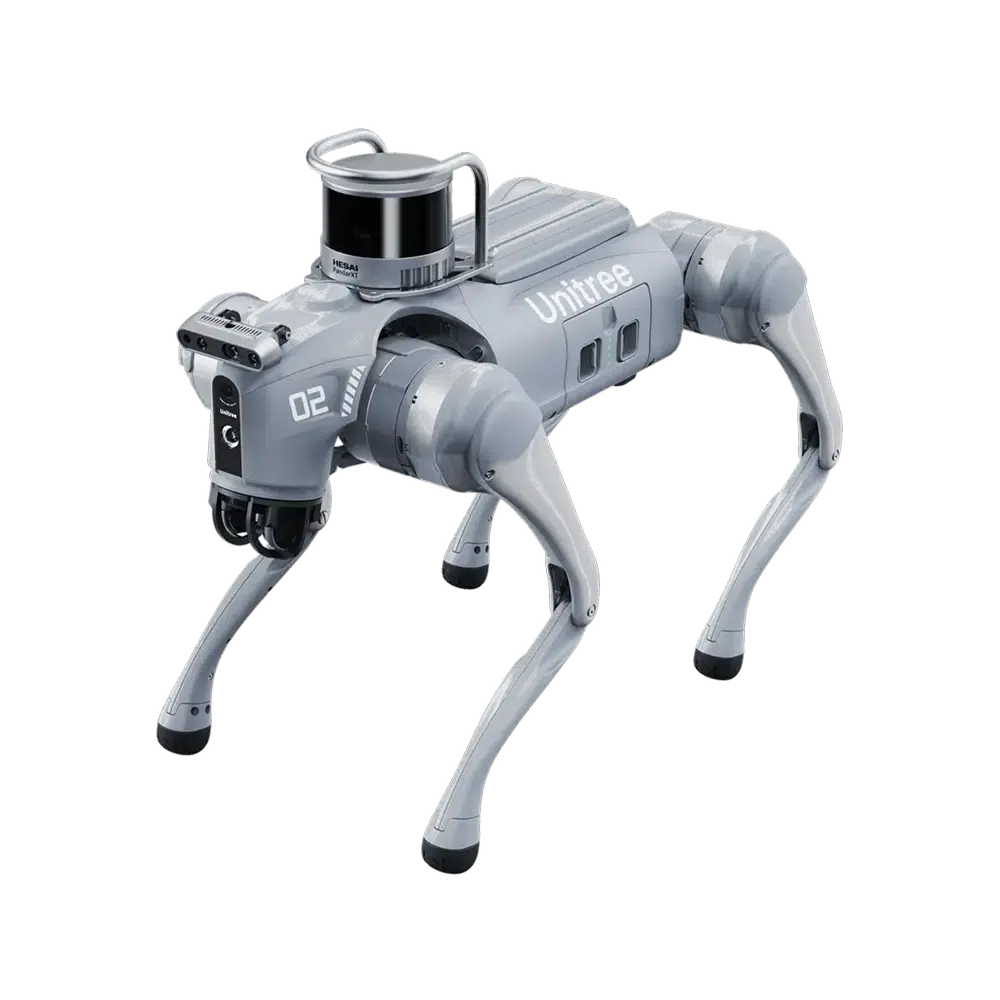











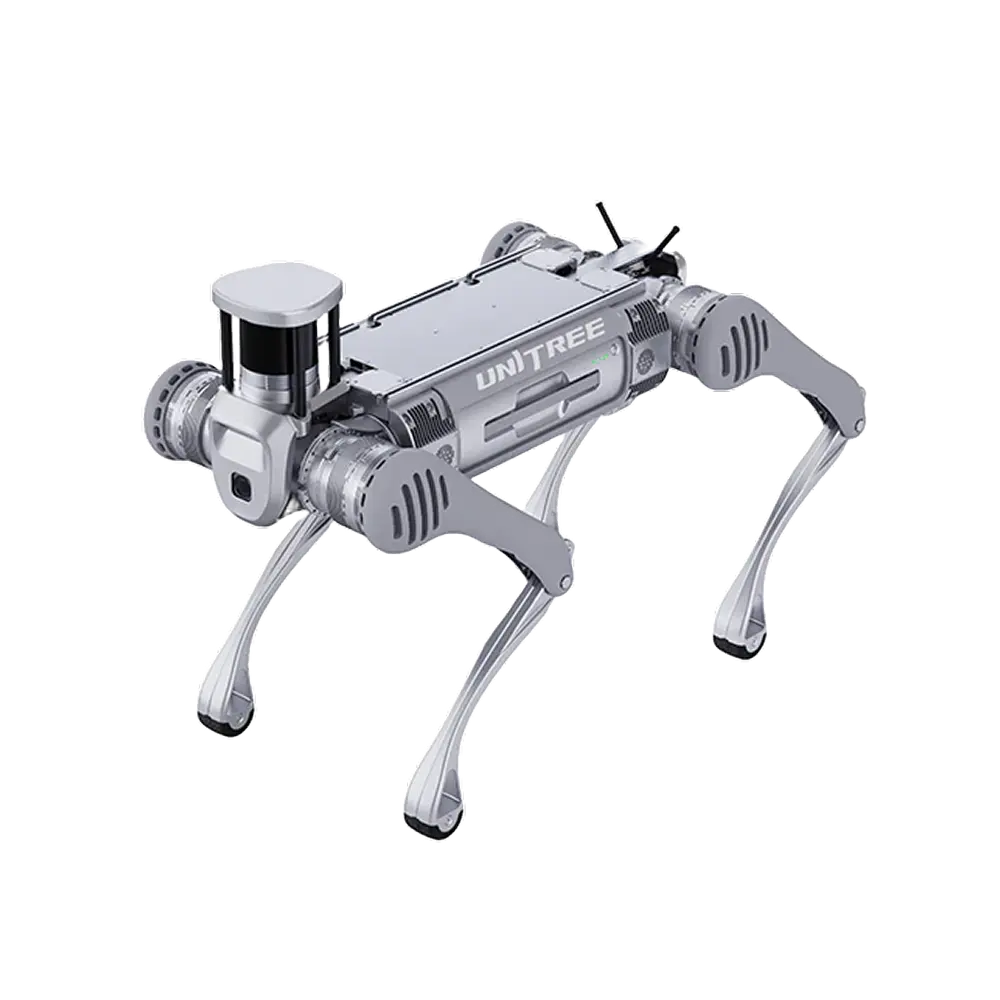
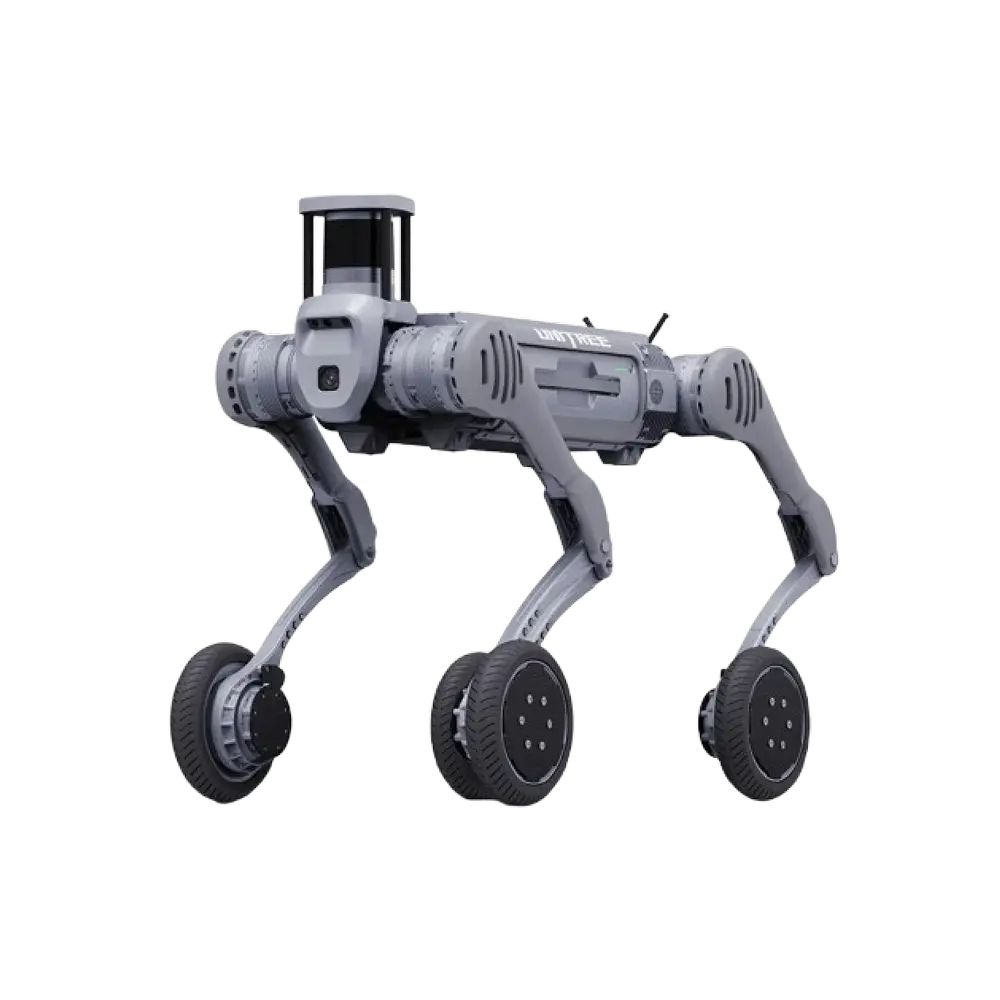
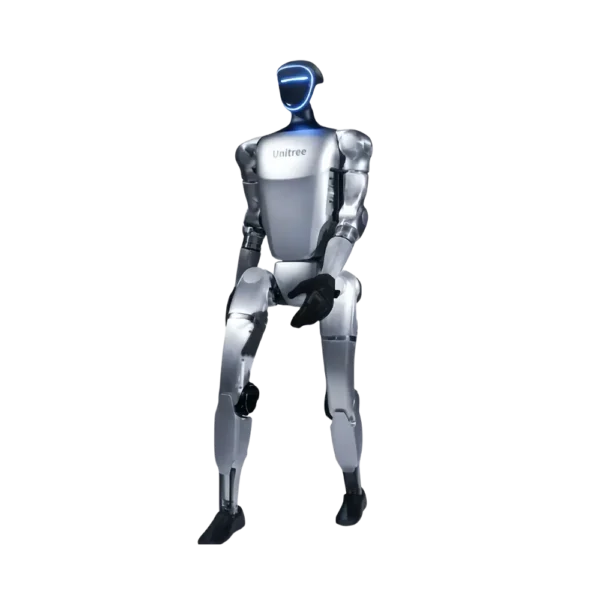
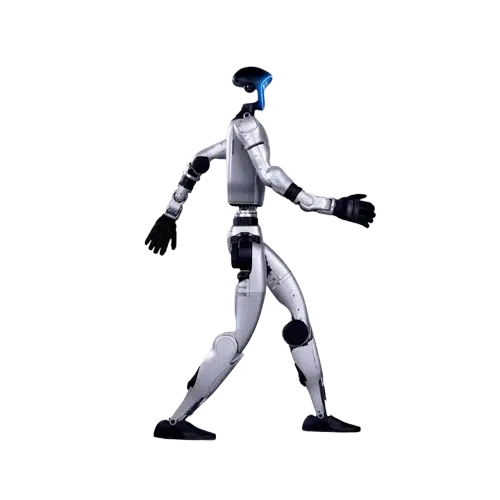
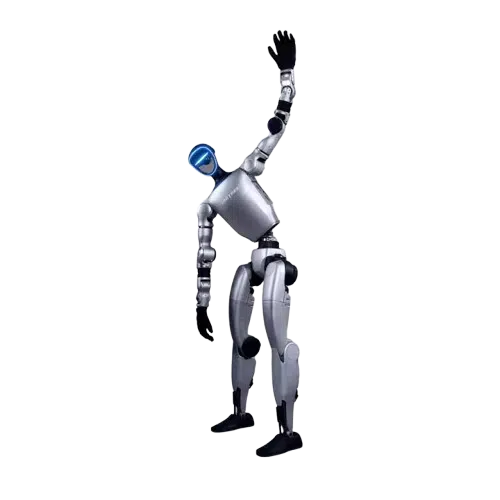
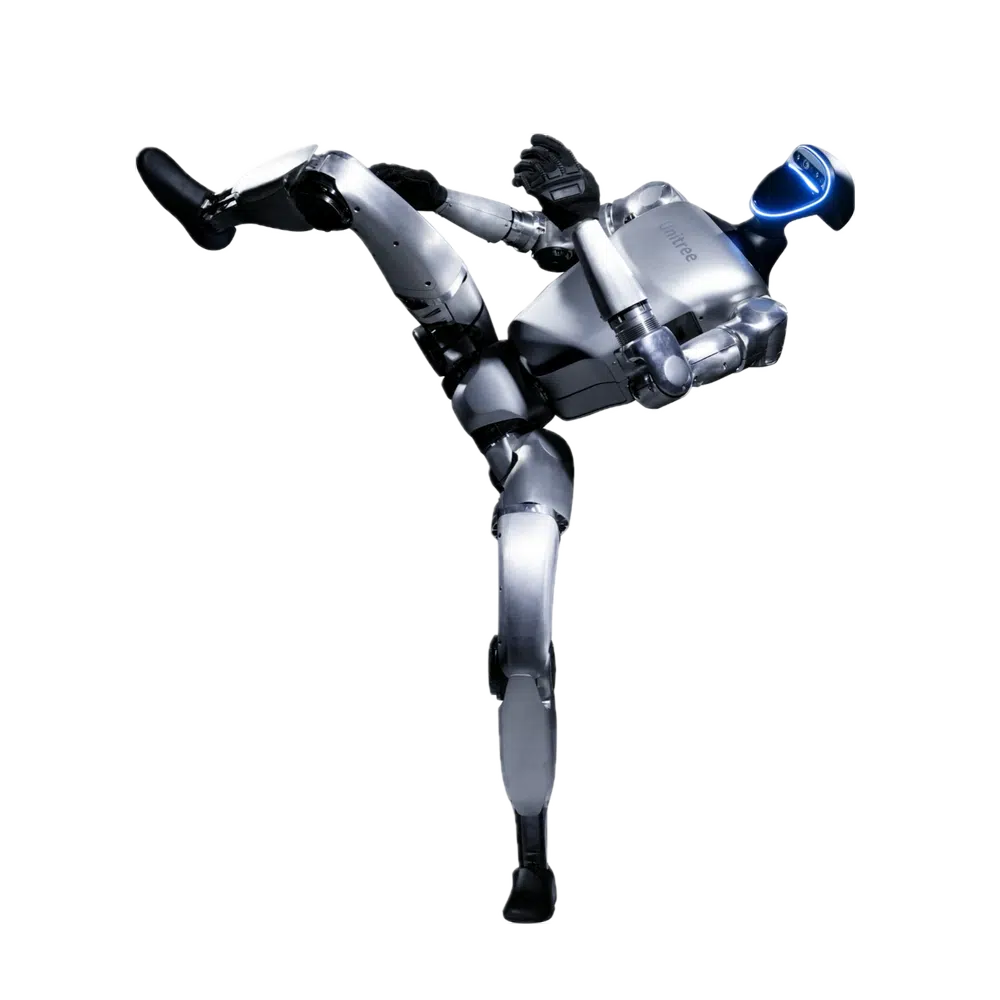

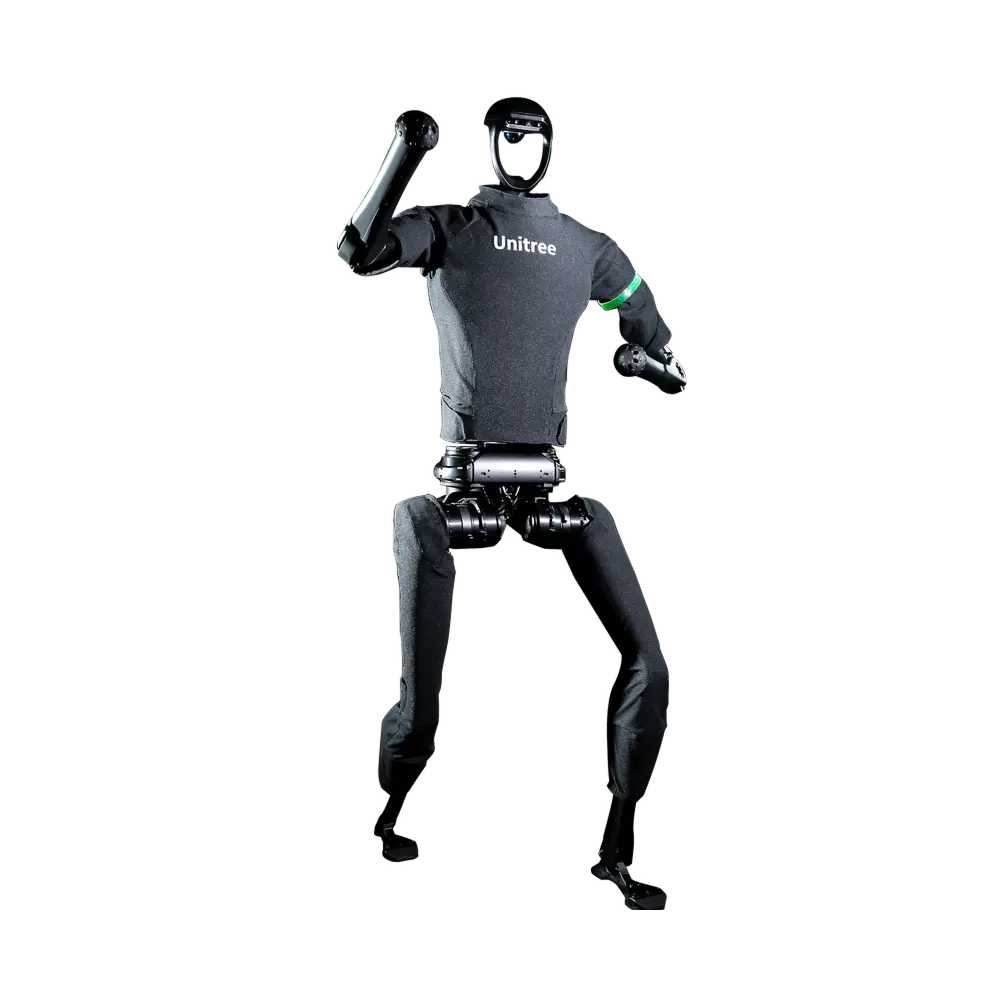
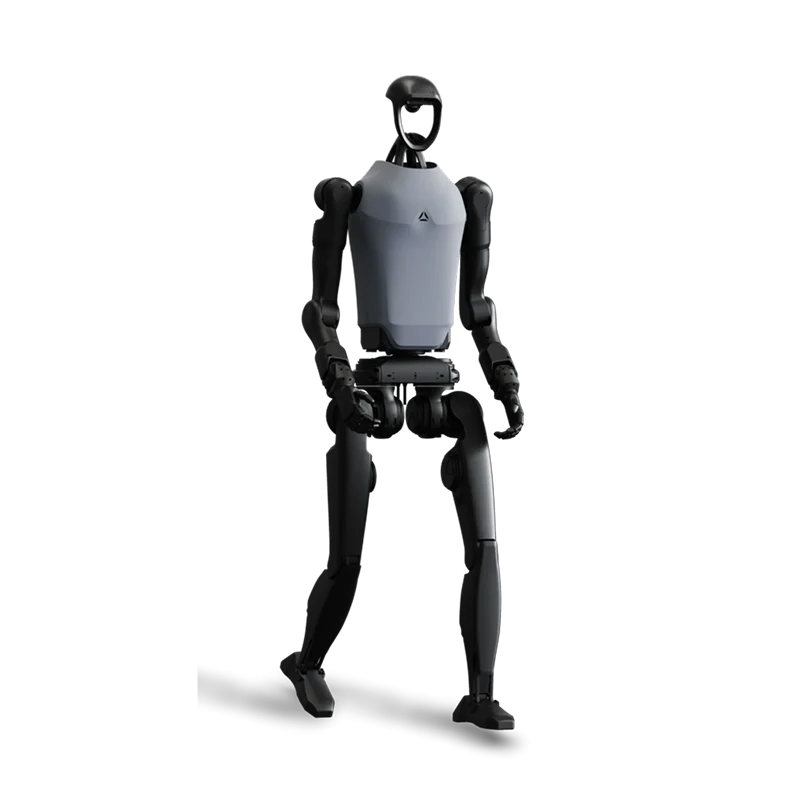
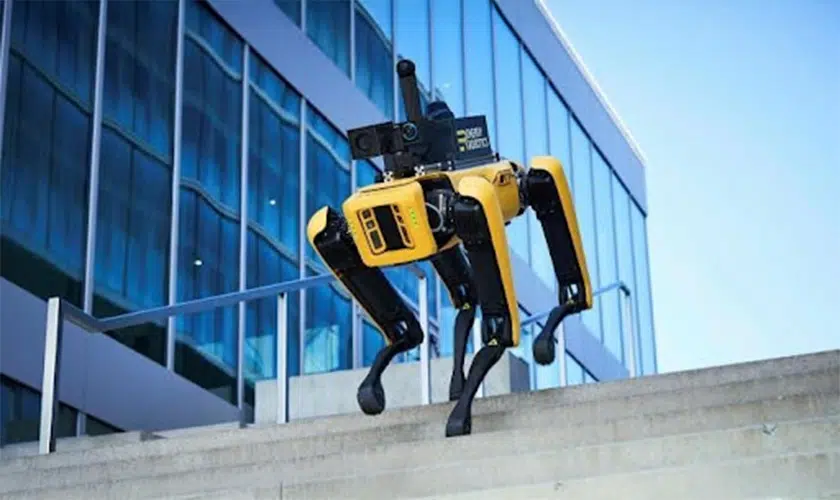
Comments are closed for this post.